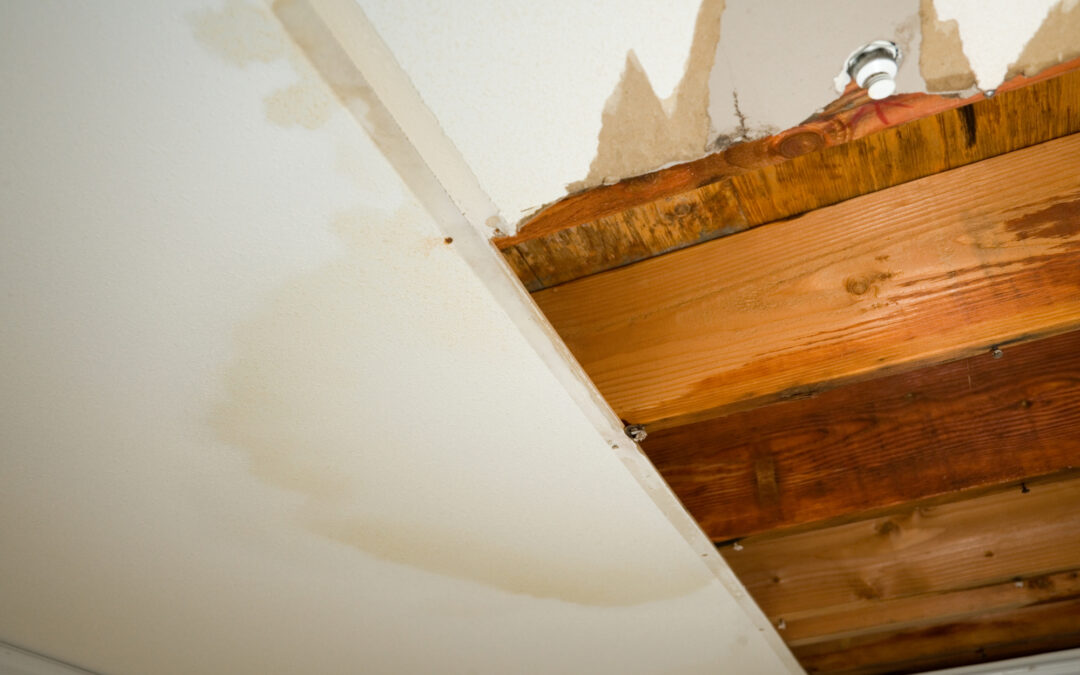Properly Dealing with Roof Leaks
Recognizing the dangers of a leaky roof and what to do about it.
Your roof is an integral part of your home, which means it requires just as much care and attention as all of the other components of your home.
Common Roof Problems
Your roof is exposed to the elements every day, so roof problems are not uncommon. Some of the most common issues include:
- Moisture and leaks
- Blow-offs
- Tenting
- Lack of maintenance
- Punctures
- Blistering
Of all the problems that occur with roofing, the most common is leaking. Roof leaks can cause a great deal of damage if they’re not dealt with right away.
Effects of a Leaky Roof
- Water Damage
If your home doesn’t have an attic, roof leaks can cause damage to your ceilings, as well as electrical elements like fans and lighting. You might notice a stain begin to grow where a leak is pooling, and it might even begin dripping down walls and forcing the ceiling to sag.
If you do have an attic, a leaky roof can cause damage to the actual structure of the attic, as well as any drywall and ceiling plaster.
Any electrical work you have in an attic also has the potential to be affected. Leaving these leaks for too long can lead to huge bills, as well as an increased danger due to structural damage.
- Health concerns for mold
Exposed areas in your roofing can encourage mold and mildew growth. If untreated, mold can spread throughout the home, including into your HVAC system. If this occurs, mold spores can travel through your vents and into furniture, carpets, and clothing.
Mold in the home can cause serious health issues, including asthma, nasal congestion, and inflammation. More serious health problems can surface the longer your home is exposed.
Other problems that can occur with a leaking roof include:
- Fire hazards from water damage
- High utility bills
- Structural integrity
Importance of Inspecting Your Home
It is important to inspect your roofing throughout the year, to catch any potential leaks as early as possible. Even if you don’t think anything is happening, keep checking to stay on top of it. Consider doing a thorough check every three months, or at the end of each season.
If where you live has heavy rain or snowfall seasons, this is even more important. Signs to look for include:
- Rotting roof (caused by absorption of water)
- Ceiling or roof spots (caused by pooling)
- Curling shingles
- Damp air/smell
- Algae/mold on roofing
The worse a leak becomes, the more costly it will be to fix. At the first sign of a leak, trace it to the original problem and have it fixed as soon as possible.


Recent Comments